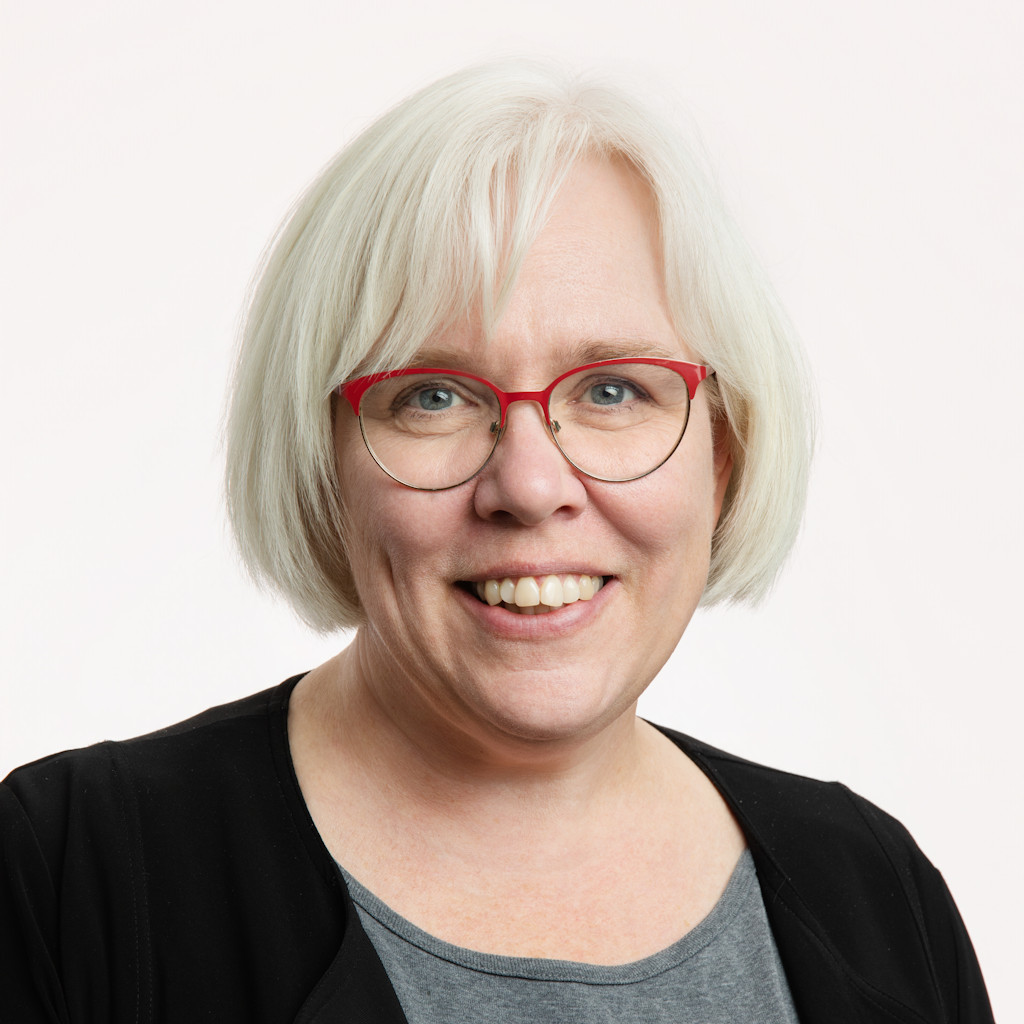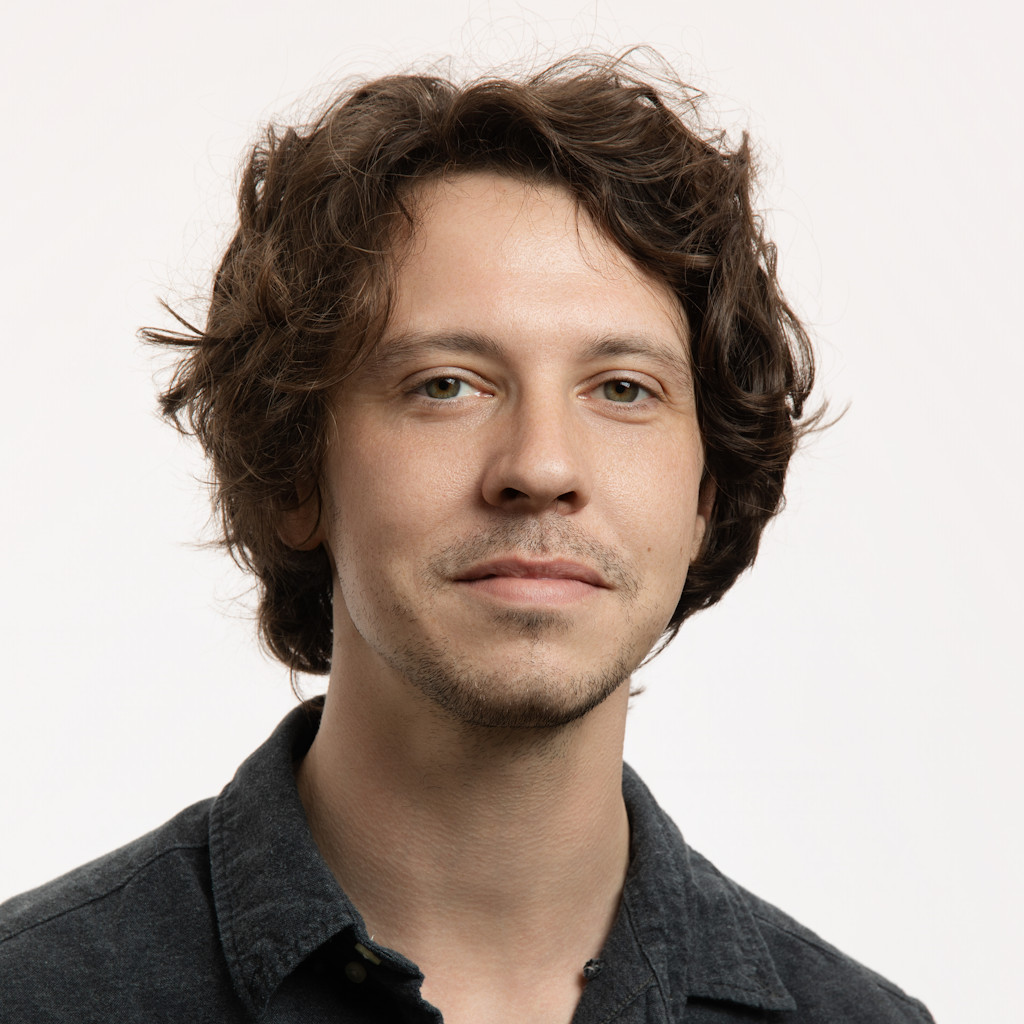
Health test for pets makes its way from lab to garage to stores
By
 Karen Unland
Karen Unland
Kidney-Chek, a non-invasive test for chronic kidney disease in dogs and cats, is available in stores as of this week, marking an important milestone for a company that started in a biomedical engineering lab at the University of Alberta.
"We're really excited about just getting staff at these stores engaging with pet owners on it, getting feedback, and seeing what happens there," CEO and co-founder Hillary Sweet told Taproot as her product was about to be made available to consumers online and in nine Global Pet Foods stores in Alberta and Ontario.
Sweet said she hadn't planned on an academic career, and yet she found herself pursuing a PhD in materials engineering and biomedical engineering. Luckily, her supervisor was Robert E. Burrell, inventor of Acticoat, an antimicrobial silver dressing that keeps bacteria at bay. He challenged Sweet and fellow doctoral student Matthew Nickel to think like entrepreneurs from the beginning.
"If it wasn't for working under Rob, I don't think I would have made through my PhD," Sweet said, crediting Burrell for challenging her to consider things like cost-effectiveness and ease of use. "His outlook was, 'What can we have you working on for the next four years during your PhD? And how can we make sure we're thinking about how it will be commercialized?'"
Sweet and Nickel knew they wanted to work on simple and affordable diagnostics. They found a mentor in veterinarian-turned-businessman Merle Olson of Alberta Veterinary Laboratories in Calgary. He made them aware of the prevalence of chronic kidney disease in dogs and cats, and the importance of early detection. That seemed like a problem they could try solving, so they got to work.
The result is Kidney-Chek, a fast, affordable test that requires a swab of your pet's saliva on a test strip that will indicate whether all is well or a visit to the vet is warranted.
The company Sweet and Nickel formed, called sn biomedical, initially planned to start with Kidney-Chek, then work on a pregnancy test for livestock, followed by some kind of regulated product for humans, using the profits from the previous project to bankroll the development of the next. That's not quite how it has turned out, at least not yet.
"Being a little bit oblivious to the time periods and energy it would take, we always saw ourselves going into the human sector," she said. "Now we've gotten to where we are, and it has taken longer than we thought and more money than we thought. And so we are trying to focus on getting Kidney-Chek out there, getting the revenue, and not trying to get too far ahead of ourselves. But we do see the potential for additional saliva tests for both humans and pets."



